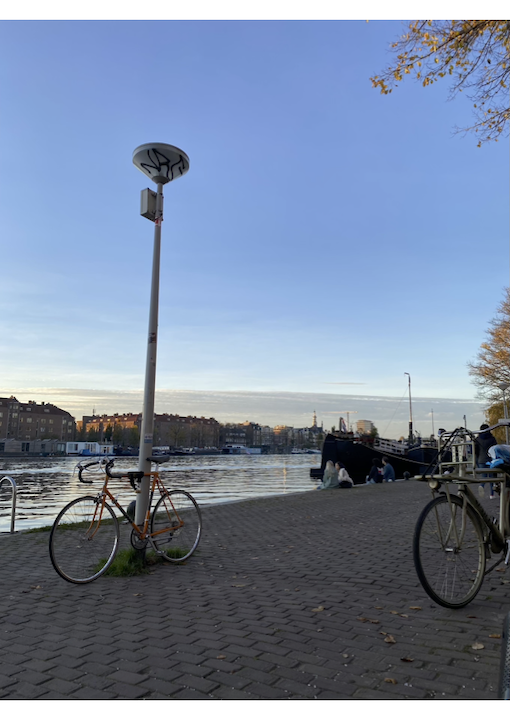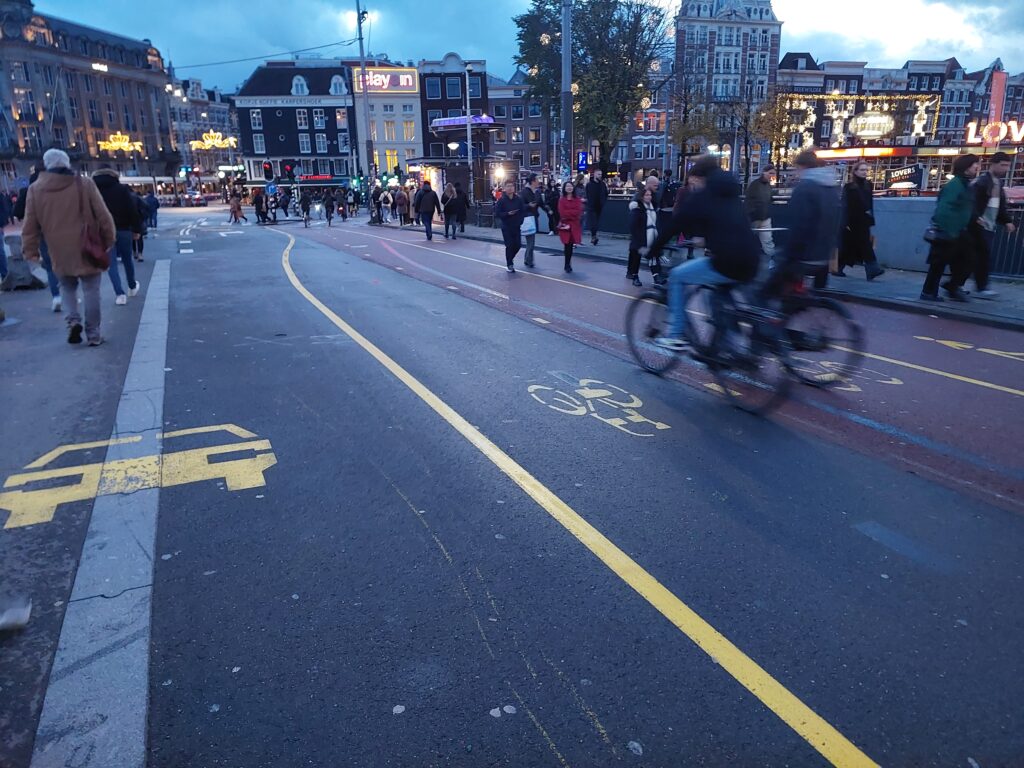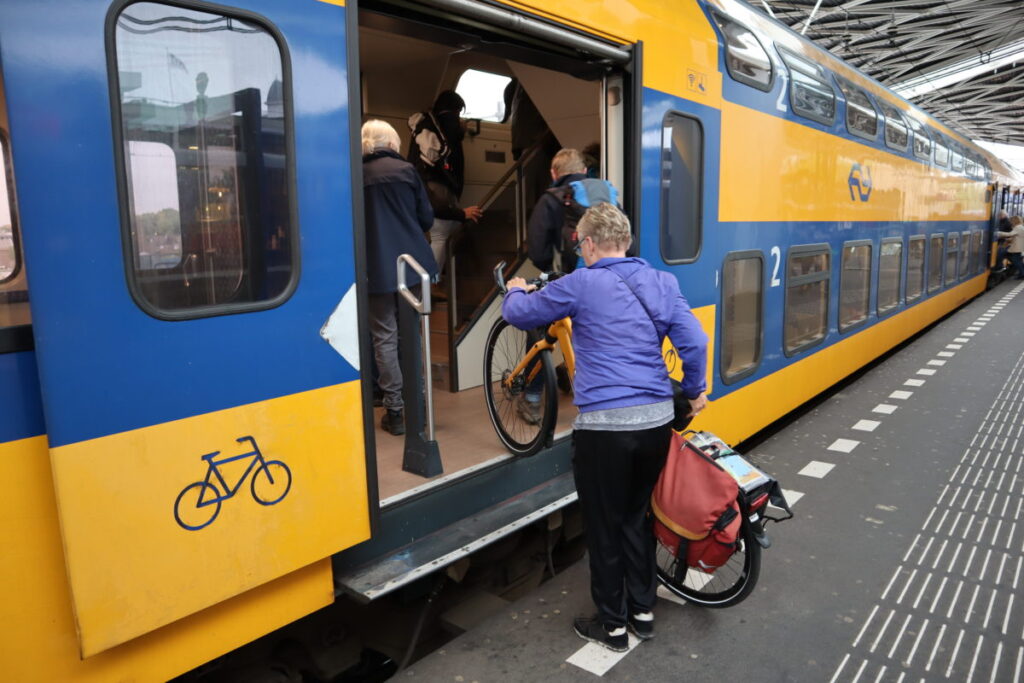Written by Edmund Suryadharma
Urban tourism has gained significant attention in recent years due to its economic importance and concerns regarding its negative social and ecological impacts, such as over-tourism. With around 40% of international tourist arrivals taking place in urban areas, the environmental impact of urban tourism has become increasingly important. To address these issues, cities in Europe have tried to promote non-motorised transport such as cycling. Many European cities have witnessed a revival of urban cycling, influenced by both residents and tourists.
Cycling in Copenhagen, Denmark, has become a common sight and is itself one of the city’s unique attractions. In 2017, Copenhagen was ranked as the most bicycle friendly city in the world by the Copenhagenize Design company. Alongside with its neighbouring city of Malmo in Sweden, they form a “multi-modal” region of Greater Copenhagen. Malmo itself is ranked fifth most bike friendly city. In Copenhagen, 64 percent of commuters travel by bicycle, whereas in Malmo, 24-34 percent of trips are done by bicycles. The Danish part of the Greater Copenhagen region is estimated to have around 130,000 bicycle tourists, 7 to 8 percent of all tourists. The data points that bicycle tourism is likely to be a growing market in the future.
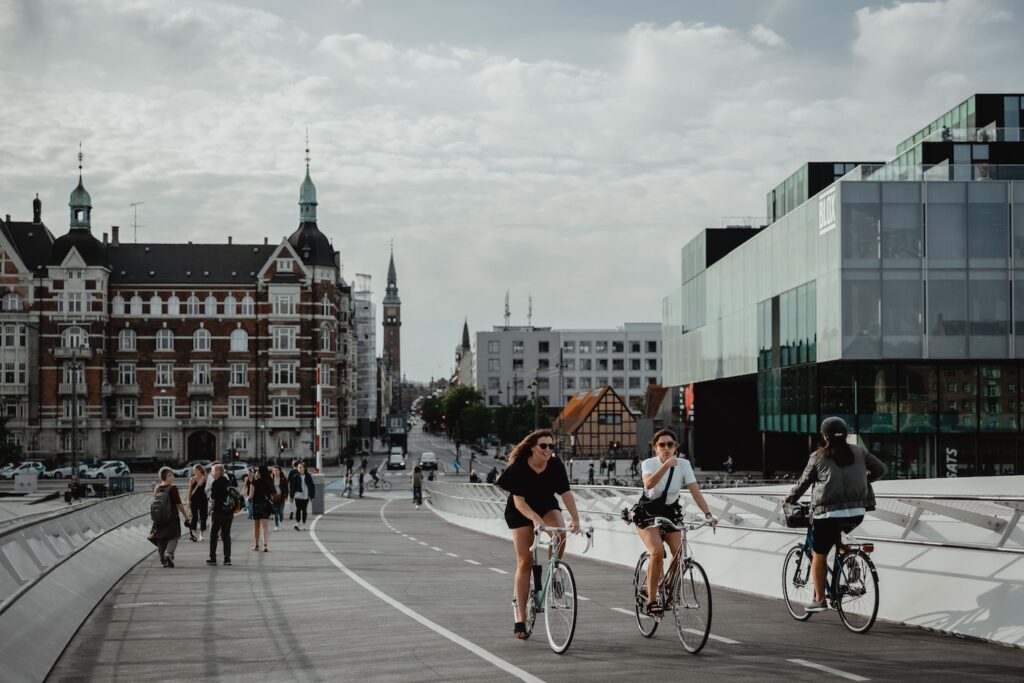
The 2019 research paper, Urban bicycle tourism: path dependencies and innovation in Greater Copenhagen, written by Jan Henrik Nilsson of Lund University in Helsingborg, Sweden, focuses on the development of urban bicycle tourism in Western European cities, taking advantage of improved infrastructure and facilities towards attracting bicycle tourists. The analysis views the development of urban cycling tourism in the Greater Copenhagen region as best practice. The research uses analysis methods, looking into official documents from local, regional and national levels. Marketing materials related to bicycle tourism were examined. The document analysis was complemented with site visits and interviews with local stakeholders and businesses related to bicycle tourism.
So, what makes a city successful in developing urban cycling and in turn, bicycle tourism? And are there any particular policies or innovations used that might be interesting for other regions as well?
Jan proposes four main factors contributing to the success of bicycle tourism in urban areas: urban planning, bicycle tourism services, communication, and place-making.
Urban Planning:
In both Copenhagen and Malmo, cycling is prioritised in their urban policy in order to improve urban quality of life and mitigate environmental damage. Both cities have implemented strategies to develop sustainable transport and enhance their profiles as urban sustainability leaders. Copenhagen has a well-developed cycling infrastructure, including bicycle highways and green routes. The cycling rate of 64 percent proves its success. On the other hand, despite its relative success compared to other cities, Malmö lags behind in developing separated bicycle infrastructure. But there has been a focus on car regulations and reducing speed limits.
Bicycle Tourism Services:
In both cities, many hotels provide bicycles for rent or for free. Around 38% of hotels in Malmo provide guests with bicycles. In Copenhagen, 2700 hotel bicycles are available. Some hotels are even specifically designed for cyclists, providing bicycle parking and repair facilities. Rental bike stations and bicycle shops are offering rentals. There are many guided bicycle tours in Copenhagen, though fewer in Malmo. There are a couple tour companies that are popular, covering tourist attractions as well as areas outside the city center.
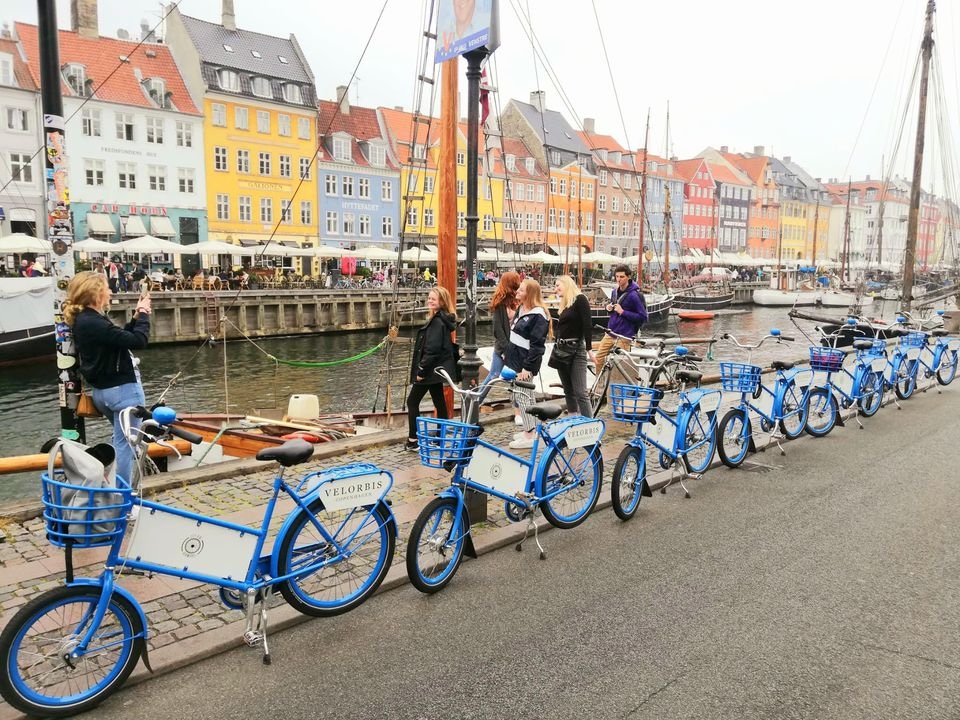
Communication:
Recently, tourism is no longer seen as something separate from other forms of mobility. Tourists are viewed as travelers who want to participate in local life, not just as observers. Local experience is seen as an important part of modern tourism. Cycling is emphasised in Copenhagen’s tourism promotional materials and now forms a significant part of the city’s branding and identity. Cycling is associated with a hip and modern lifestyle and is a prevalent theme in magazines, travel sites, and guidebooks about Copenhagen.
Place Making:
Cycling is a common mode of transportation for a diverse range of people in Greater Copenhagen, used for commuting and leisure. The local identity of being a Copenhagener is associated with cycling, and the image of Greater Copenhagen is partly built on the local bicycle culture.
The conclusion of the research paper highlights the interconnectedness of bicycle tourism and everyday cycling practices of the resident population. In the Greater Copenhagen Region, the long-standing tradition of cycling has facilitated the development of a robust bicycle infrastructure and encouraged more people to cycle on a daily basis. The local bicycle culture, shaped by urban planning strategies and infrastructure development, lays the foundation for the growth of urban bicycle tourism. Bike lanes, commuting trails, inter-modal infrastructures at transit nodes, bike share schemes, and smart mobility have contributed to the success of cycling in the Copenhagen region. The integration of cycling into the destination’s identity and marketing efforts promotes it as an authentic local experience. However, for successful marketing, a mobility culture that values cycling is essential.
The findings of this research contribute to the broader discourse on urban tourism, sustainability, and the role of cycling in shaping urban experiences for both locals and tourists.
Reference:
Nilsson, J. H. (2019). Urban bicycle tourism: path dependencies and innovation in Greater Copenhagen. Journal of Sustainable Tourism, 27(11), 1648-1662.
You can also read another essay by Edmund Suryadharma on bicycle tourism in Çanakkale:
Unlocking the Potential of Bicycle Tourism

